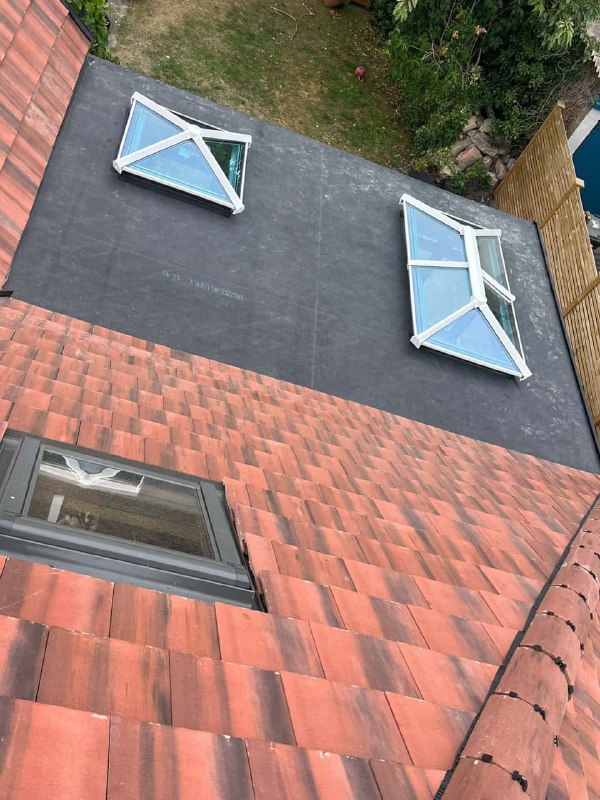Understanding the Costs Involved in Flat Roof Replacement
Introduction: Flat roofs are common in many buildings, offering practical benefits such as space utilisation and ease of installation. However, like any roofing system, flat roofs have a finite lifespan and may eventually require replacement. Understanding the cost considerations involved in flat roof replacement is essential for property owners to make informed decisions and budgets effectively. In this blog post, we’ll explore the factors that influence the cost of flat roof replacement and provide valuable insights to help you plan for this important investment.
Roof Size and Complexity:
- The size and complexity of your flat roof play a significant role in determining the overall replacement cost. Larger roofs require more materials and labour, resulting in higher expenses. Roofs with multiple levels, intricate designs, or numerous penetrations, such as skylights, vents, and HVAC units, may require additional time and expertise to replace, leading to increased costs.
Choice of Roofing Material:
- Flat roofs can be constructed using various materials, each with advantages, disadvantages, and associated costs. Common options include:
- Built-up Roofing (BUR): Consisting of multiple layers of tar and gravel or bitumen and fibreglass, BUR roofs offer durability and affordability but may require more labour for installation.
- Modified Bitumen: This single-ply membrane roofing material provides enhanced flexibility and resistance to temperature fluctuations, making it suitable for flat roofs. However, it may be more expensive than traditional BUR systems.
- EPDM (Ethylene Propylene Diene Monomer): EPDM rubber roofing membranes are lightweight, durable, and cost-effective. While installation costs may be lower, EPDM roofs may require more frequent maintenance and repairs.
Roof Access and Safety Requirements:
- Accessing and working on a flat roof safely requires proper equipment and safety measures, which can impact the overall replacement cost. Factors such as the height of the building, accessibility of the roof, and the need for specialised safety equipment, such as scaffolding or fall protection systems, can add to the project expenses.
Tear-off and Disposal:
- Before installing a new flat roof, the existing roofing materials must be removed and disposed of properly. The cost of tear-off and disposal depends on factors such as the type of roofing material, the number of layers, and the roof area size. Additionally, any underlying structural repairs or modifications may incur additional costs.
Labour Costs and Contractor Experience:
- The skill and experience of the roofing contractor performing the replacement are significant factors in determining labour costs. Experienced contractors with a proven track record may charge higher rates but offer superior craftsmanship and reliability. It’s essential to obtain multiple quotes from reputable contractors and carefully evaluate their qualifications, references, and warranties before deciding.
Conclusion: Flat roof replacement is a significant investment that requires careful consideration of various cost factors. By understanding the size and complexity of your roof, choosing the right roofing material, ensuring compliance with safety regulations, accounting for tear-off and disposal expenses, and selecting a qualified contractor, you can plan for a successful and cost-effective replacement project.
Call us on: 01302 490 393
Click here to find out more about EDS Roofing Stainforth
Click here to complete our contact form and see how we can help with your roofing needs.

